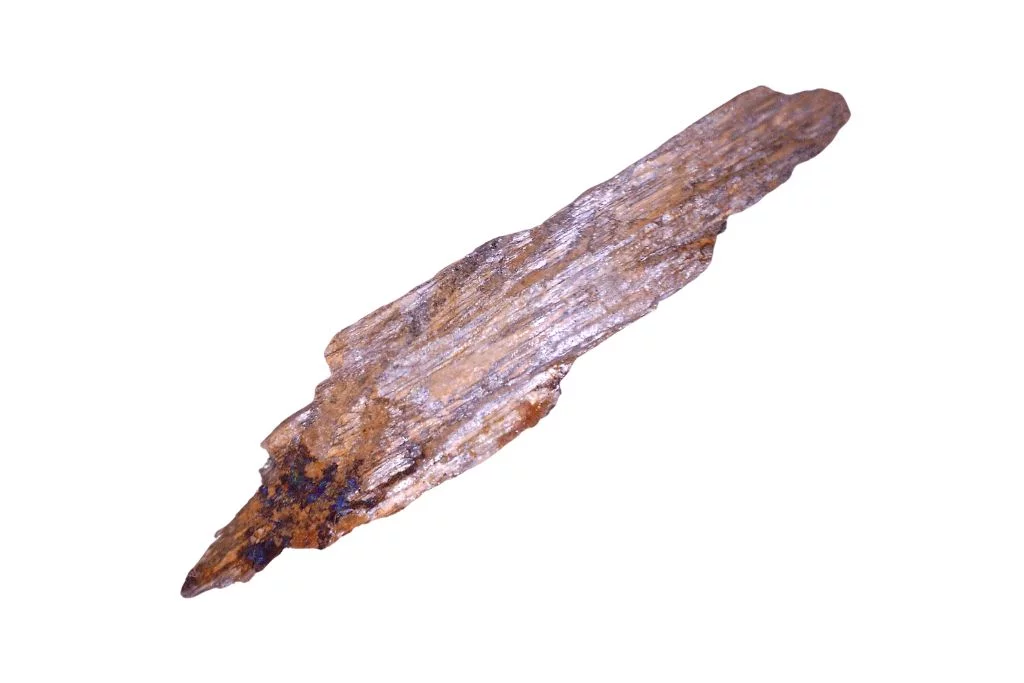Physical Appearance of Bismoclite
Bismoclite, a rare mineral composed of bismuth oxychloride, exhibits a striking and distinctive appearance that sets it apart from other crystals. This mineral typically forms thin, plate-like crystals that often occur in layered or rosette-like aggregates. The individual plates are usually small, ranging from microscopic sizes to a few millimeters in diameter.
Color and Luster
One of the most notable characteristics of bismoclite is its color. The mineral displays a range of hues, predominantly white to pale yellow or grayish-white. However, what truly makes bismoclite stand out is its pearlescent luster. The crystal surfaces exhibit a strong, silvery-white sheen that gives the mineral an almost metallic appearance. This lustrous quality is enhanced by the mineral’s perfect cleavage, which allows it to split easily into thin, reflective sheets.
Crystal Structure and Habit
Bismoclite crystallizes in the tetragonal system, forming tabular crystals that are often stacked or intergrown. These crystals frequently arrange themselves in fan-shaped or rosette-like clusters, creating visually appealing formations. The layered structure of bismoclite contributes to its unique physical properties, including its ability to exfoliate into extremely thin, flexible sheets.
Unique Features
What truly sets bismoclite apart is its remarkable flexibility and softness. Despite its metallic appearance, the mineral has a Mohs hardness of only 1 to 2, making it easily scratched. This softness, combined with its perfect cleavage, allows bismoclite to be easily separated into thin, pliable sheets. These sheets are so thin and flexible that they can be bent without breaking, a characteristic that is quite unusual for a mineral with such a lustrous, metallic appearance.
Historical and Cultural Significance of Bismoclite
Bismoclite, a rare mineral composed of bismuth oxychloride, has played a minor role in various cultures throughout history. Ancient alchemists were fascinated by bismuth compounds, including bismoclite, due to their unique properties and iridescent appearance. In some cultures, bismoclite was associated with transformation and spiritual growth, likely due to its ability to change color when viewed from different angles.
Metaphysical Associations
In the realm of crystal healing and metaphysical practices, bismoclite is believed to possess several beneficial properties. It is said to enhance creativity, boost intuition, and promote mental clarity. Some practitioners claim that bismoclite can help balance emotions and alleviate feelings of confusion or indecisiveness. Additionally, it is thought to stimulate the third eye chakra, potentially enhancing psychic abilities and spiritual awareness.
Common Uses and Applications
While bismoclite itself is not widely used in modern industry, its primary component, bismuth, has found numerous applications. In the cosmetics industry, synthetic bismuth oxychloride is used as a pigment in makeup products, providing a pearlescent sheen. Bismuth compounds are also used in pharmaceuticals, particularly in medications for digestive issues. In traditional medicine, bismuth-based remedies have been used to treat various ailments, including stomach ulcers and diarrhea.
Benefits and Traditional Beliefs
Proponents of crystal healing attribute several benefits to bismoclite. It is believed to promote self-acceptance and self-love, helping individuals overcome feelings of inadequacy. Some claim that keeping bismoclite nearby can enhance problem-solving abilities and stimulate innovative thinking. In traditional practices, bismoclite has been used as a protective talisman, thought to shield its wearer from negative energies and promote overall well-being.

